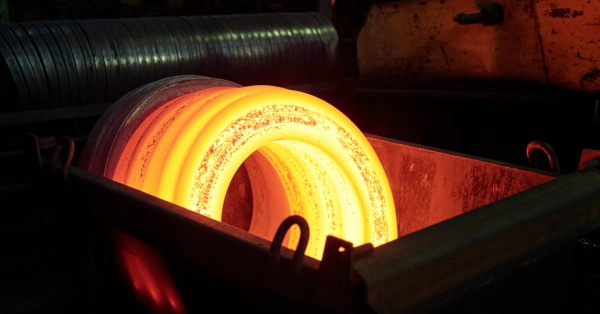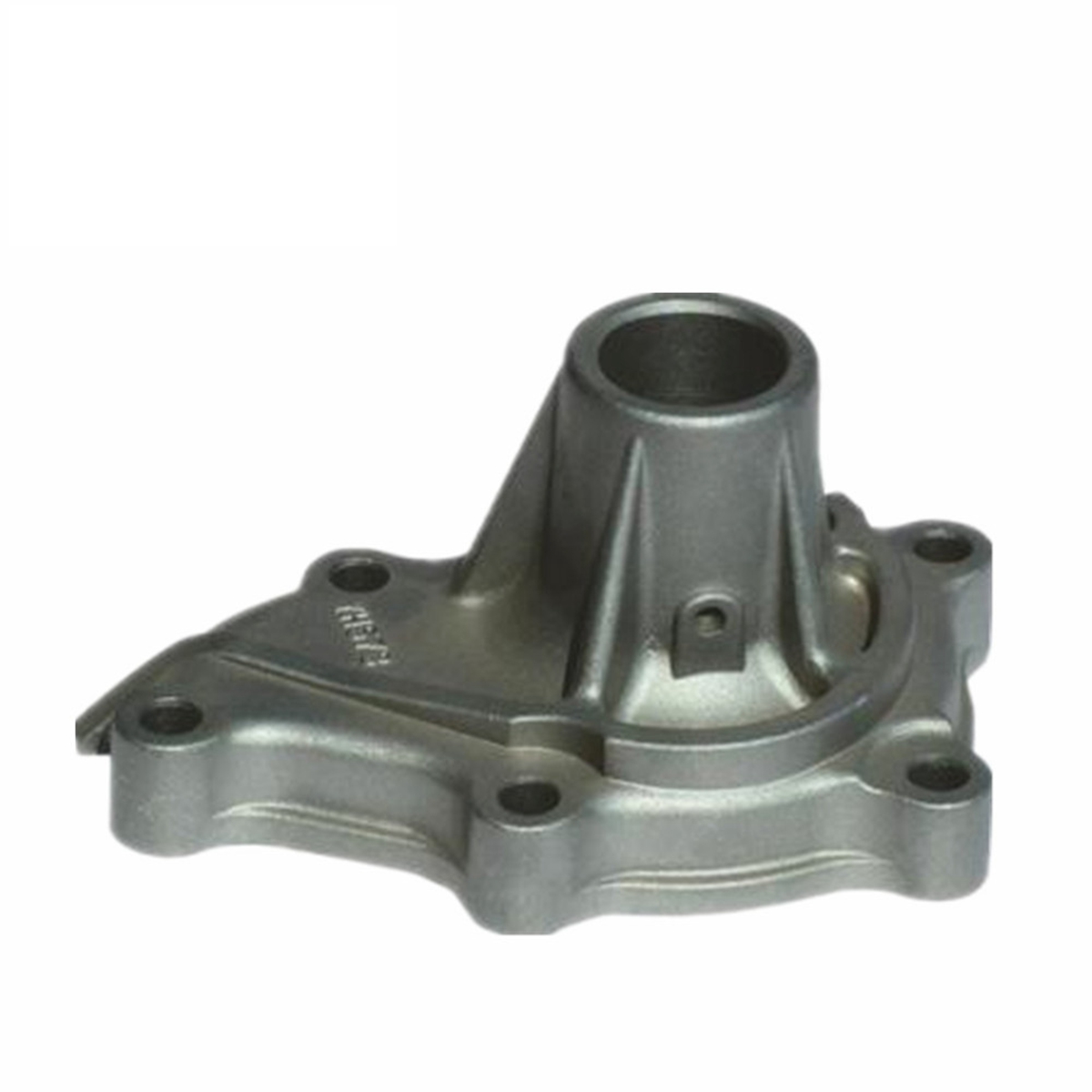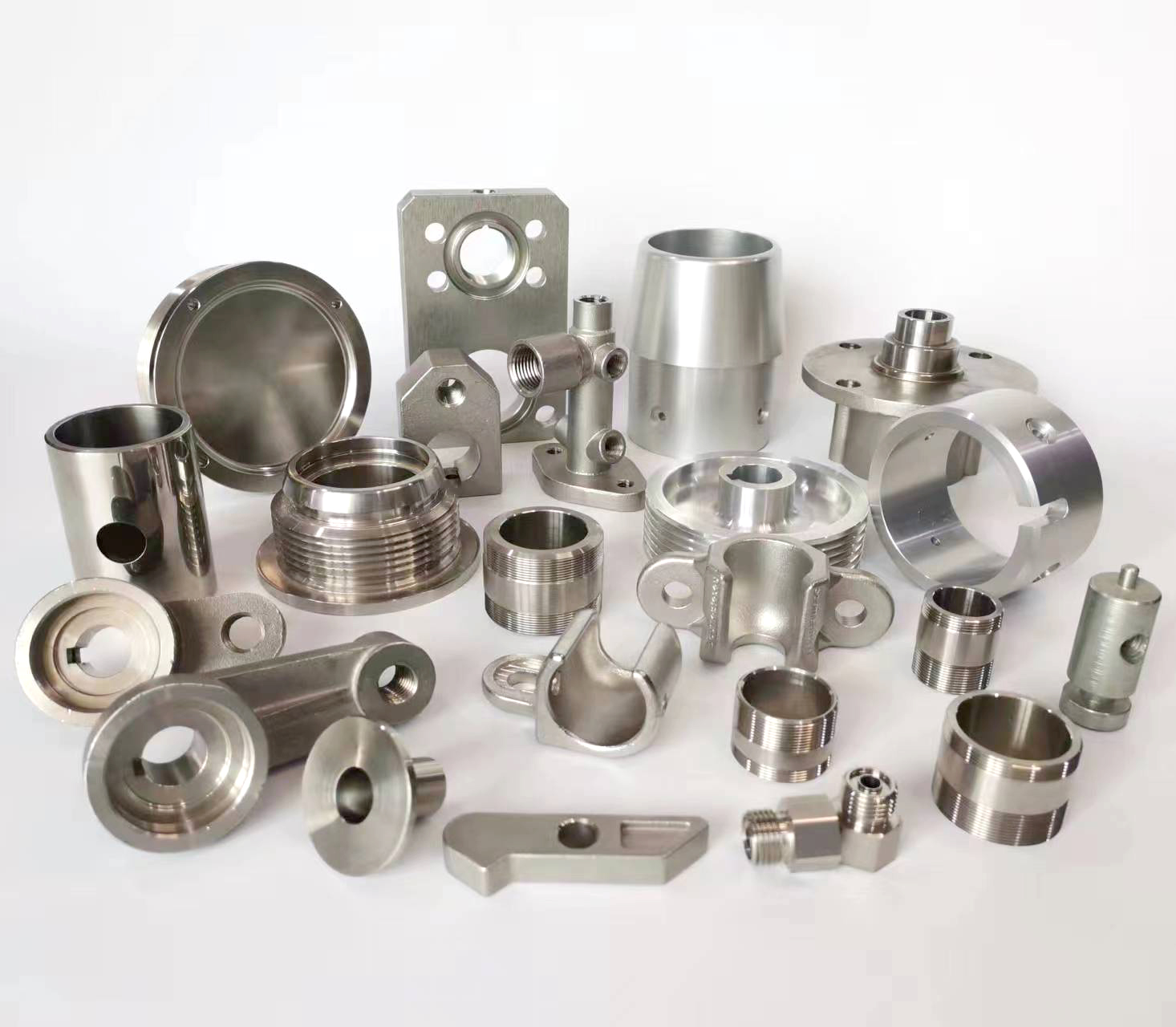In this section, you learn about the difference between normalizing and annealing.
Cooling Differences:
One major difference between annealing and normalizing is the rate of cooling. During normalizing, we cool the material in still air to produce a fine and tough grain structure. On the other hand, the workpiece is slowly cooled inside the furnace during annealing. The result is a coarse-grained microstructure and a metal that is very ductile and soft.
Resulting Properties:
Due to the slower cooling rate, annealed steel is softer and more ductile. This makes it the superior choice for forming and high-speed CNC machining. In comparison, normalized steel is harder and stronger than its annealed counterpart. Therefore, it finds application in industries that require exceptional strength.
Cost & Efficiency:
Due to more time in the furnace, annealing is more costly than normalizing. Furthermore, it requires more energy to reach and maintain elevated temperatures. For more details, you can check the guide on annealing.
If you are just getting your feet wet in metallurgy, it is easy to confuse normalizing with annealing. After all, they appear to be identical processes. Heat your metal above the critical point, hold it for a given time interval, then cool it off to achieve your desired properties.
Except the difference lies in what we’re trying to achieve. If you need to refine your steel’s structure for increased performance, then normalizing is the way to go. Whereas, if you need to soften your metal before machining or cold work, annealing is the superior choice.






